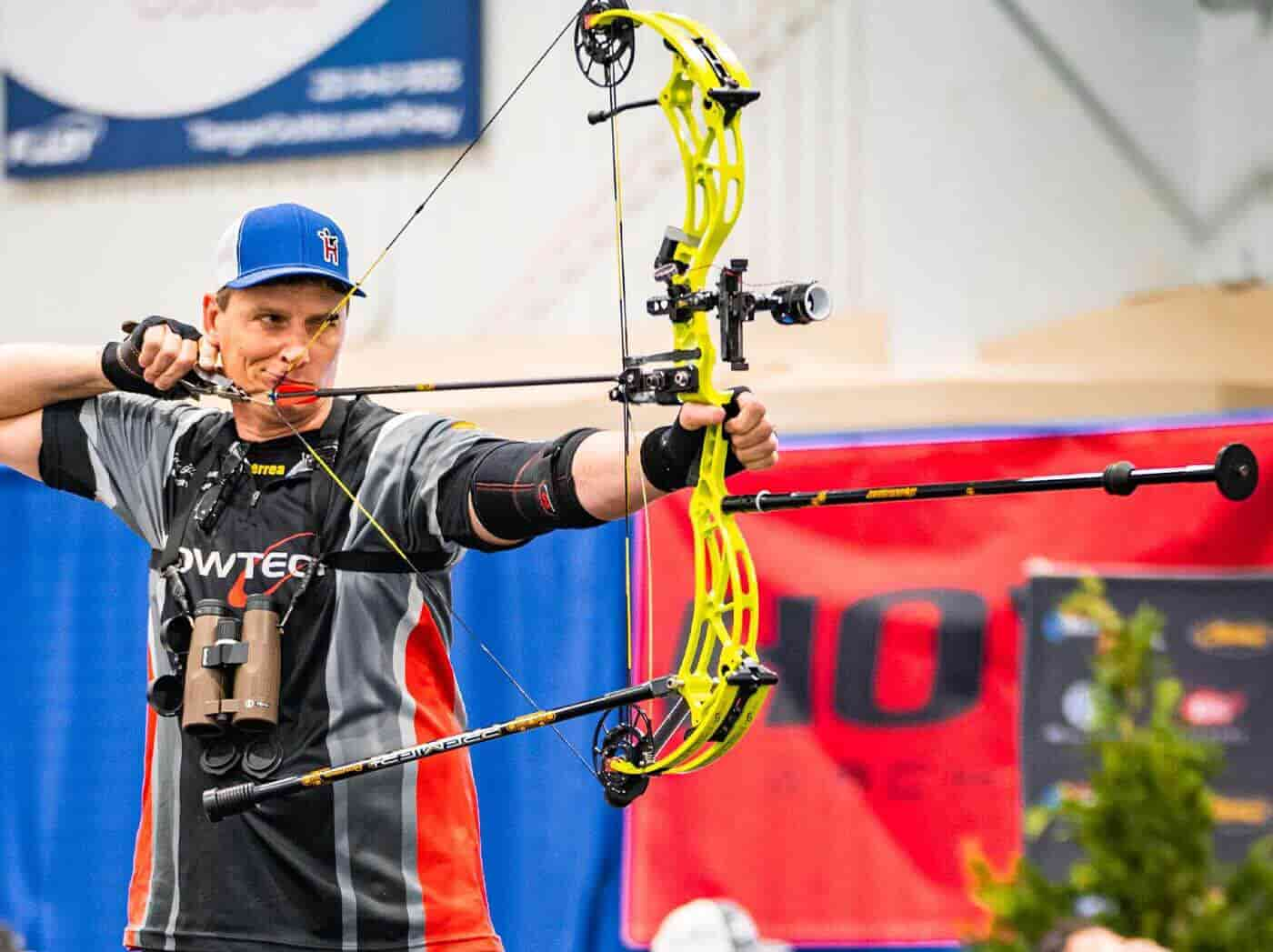Maximize Your Archery Precision With These Bow Stabilizer Techniques
One essential element that can significantly impact your efficiency is the correct use of bow stabilizers. Whether you are an experienced archer looking to refine your skills or a novice anxious to improve your accuracy, understanding these bow stabilizer strategies might be the key to striking your mark with unmatched uniformity.
Benefits of Making Use Of Bow Stabilizers
Making use of bow stabilizers can significantly boost an archer's precision and overall efficiency by lessening bow torque and vibration. Bow torque, brought on by the unequal circulation of weight in the bow, can result in inconsistencies in shot positioning. By connecting a bow stabilizer, the weight is rearranged, minimizing the effects of torque and aiding the archer accomplish an extra constant shot. Additionally, bow stabilizers moisten vibration, which not just improves the convenience of shooting yet also protects against the bow from jumping upon launch, thus assisting in maintaining correct objective.
Furthermore, bow stabilizers can help in holding the bow consistent, particularly during windy problems or when firing from longer distances. The added weight at the front of the bow supplies security and balance, enabling the archer to concentrate on intending without the distraction of bow motion. Generally, the advantages of using bow stabilizers extend beyond simply precision, boosting the archer's experience and performance in various shooting situations.
Selecting the Right Bow Stabilizer
Choosing the suitable bow stabilizer is essential for optimizing your archery equipment and boosting shooting efficiency. Much heavier stabilizers can assist decrease bow torque and absorb even more resonance, leading to a steadier objective.

Last but not least, consider the style of the stabilizer. Some stabilizers feature adjustable weights or dampeners that permit you to customize the balance and feeling of your bow. Ultimately, selecting the right bow stabilizer includes locating an equilibrium between weight, style, length, and material to boost your shooting accuracy and overall efficiency.
Appropriate Installation Strategies
To make certain ideal performance and safety in archery, mastering proper setup methods for your bow stabilizer is necessary. The initial action in setting up a bow stabilizer is to determine the right positioning on your bow.
Following, safely connect the stabilizer to the bow utilizing the suitable mounting hardware. It is crucial to tighten the stabilizer well to avoid any kind of tottering throughout shots. Some stabilizers include adjustable weights that can be added or gotten rid of to make improvements the equilibrium of your bow. Explore different weight configurations to find the optimum equilibrium that fits your shooting design.

Readjusting Stabilizer Weight and Length
After making sure the appropriate setup of your bow stabilizer, the following step involves adjusting the weight and size to optimize its efficiency content in improving archery precision. The weight of the stabilizer plays a vital role in reducing bow motion throughout the shot cycle.
When it pertains to stabilizer size, discovering the appropriate equilibrium is crucial. A longer stabilizer can provide greater security by increasing the range in between the bow and the weight at the end of the stabilizer. This included range improves the stabilizing result, specifically in gusty conditions or when contending longer ranges. Conversely, a shorter stabilizer supplies a lot more ability to move and may be favored by archers that value dexterity and quick movements throughout shooting.
Advanced Stabilizer Tuning Tips
Attaining optimum bow stability and precision in archery requires a nuanced strategy to sophisticated stabilizer tuning. Advanced stabilizer tuning this hyperlink involves fine-tuning various elements to improve the bow's equilibrium, reduce resonance, and boost overall accuracy.
An additional essential element of advanced stabilizer adjusting is optimizing the damping homes of the stabilizer system. This can be attained by best site including added moistening devices such as rubber dampeners or harmonic stabilizers to further minimize vibration and noise. Discovering various materials for the stabilizer building and construction, such as carbon fiber or light weight aluminum, can additionally influence the bow's efficiency by modifying its weight distribution and stiffness. By thoroughly adjust these sophisticated stabilizer elements, archers can optimize their precision and consistency on the variety or in competition.
Verdict
To conclude, making best use of archery precision can be achieved with the correct choice, setup, and change of bow stabilizers. By recognizing the advantages of using stabilizers, choosing the best one, and adjust its weight and length, archers can boost their shooting precision. Utilizing sophisticated tuning strategies can better improve security and consistency in arrowhead flight. Overall, incorporating bow stabilizers right into archery practice can result in enhanced efficiency and increased precision.
Making use of bow stabilizers can dramatically improve an archer's precision and general efficiency by decreasing bow torque and vibration. Longer stabilizers give better stability and equilibrium, specifically for long-distance capturing, while shorter stabilizers use more flexibility and are easier to navigate in limited areas (bow stabilizer). Carbon fiber stabilizers are lightweight and sturdy, while aluminum stabilizers are robust and give excellent resonance wetting
A longer stabilizer can supply better stability by increasing the distance in between the bow and the weight at the end of the stabilizer.An additional important facet of innovative stabilizer tuning is optimizing the damping homes of the stabilizer system.